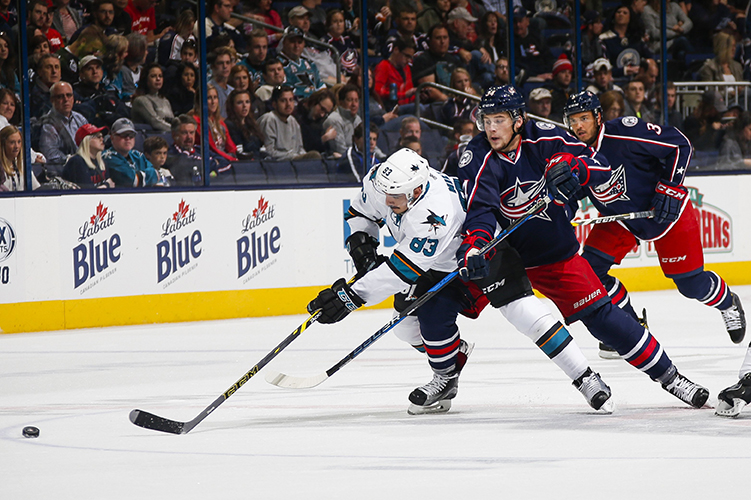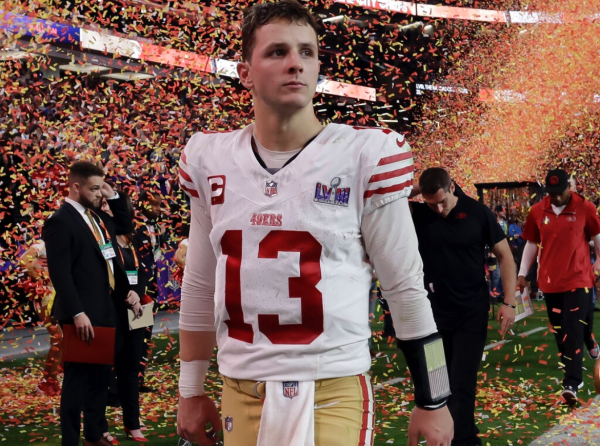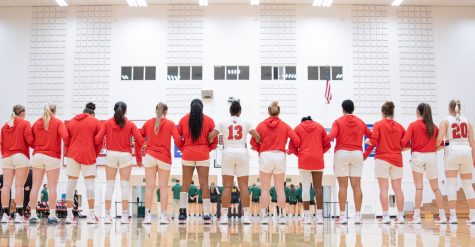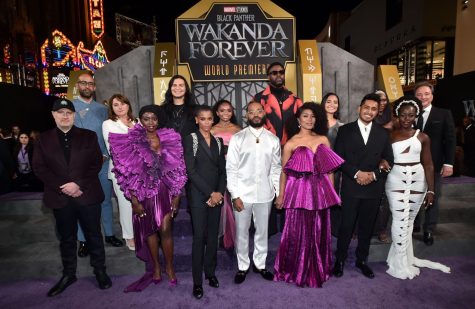Sharks stumble but do not fall early on
December 7, 2016
This season’s San Jose Sharks do not look like the same team who made the historic championship run last year. Teams are bringing their top game against the Western Conference Champions, whose sluggish play on the ice makes it seem like they have a bit of a hangover from their deep run into last season’s playoffs. But it’s imperative that they stay on top of their game if they want another chance at the Stanley Cup.
“Every game is challenging, teams are ready for you to begin the season,” Joel Quenneville, head coach of the Chicago Blackhawks and winner of three Stanley Cups since 2010, told CSN last week.
Quenneville has a theory and Sharks head coach Peter Deboer agrees: Quenneville feels that the first 20 games of the season are the toughest to play after going deep into the playoffs. Early in the season, the Sharks did not show much interest in playing a full 60-minute game: they lost to Arizona, Calgary and Carolina, which are bottom of the league teams the Sharks absolutely need to beat to help stay ahead of the competition.
Many key players are also tired. The Sharks played late into June last season, a first for many on the team. The majority of them had never played in the final round of the Stanley Cup playoffs and did not get as much rest as they usually do during the offseason. The playoffs ended in late June and preseason started in late September, so there wasn’t much time to rest and get back to 100 percent. The Stanley Cup is often referred to as the hardest trophy to win in sports, because you have to go through four best-of-seven rounds of tough hockey. Guys play harder going deep into the playoffs, so players are even more exhausted than usual.
The World Cup of Hockey is also a factor: the international tournament started in mid-September, and five of the Shark’s top players competed, so they had even less rest time. This is valuable down-time for those key players, who are on the ice more often than not.
San Jose’s Powerplay is also not clicking like it did last year. This season they have only converted 13 times out of 71 opportunities, an 18.3 percent success rate. Last season their power play percentage was at 22.5 percent putting them at the third highest in the league for the 2015-2016 season. When I watch the top unit of Joe Thornton, Joe Pavelski, Logan Couture, Patrick Marleau and Brent Burns, I feel like they are trying to be too cute with the puck. The best part of the top unit is that all five can play any spot on the Powerplay. Last year, it seemed like there was a lot more movement, guys trading places and more bang-bang plays that resulted in goals. This year it seems like they are trying to set up that perfect play and making that extra unneeded pass, rather than just getting open and putting the puck on net.
Injuries have not helped the team either. Tomas Hertl has been out with a knee injury for several weeks now. Hertl played on the top line with Thornton and Pavelski, taking away some of the chemistry those three had together. Melker Karlsson is another player that just got off the injured reserve list. Karlsson is a big part of San Jose’s secondary scoring, adding depth to the team’s offense. Both Karlsson and Hertl are younger players on the team, so not only do they provide offense, they also provide energy that the older players might not have on some nights.
As of this week, the Sharks were 15-9-1 so far this season, which isn’t bad but it’s not great either. Now before you start worrying, Sharks fans, there is good news. This year’s team has looked like the team from last season in small spurts and seems to be playing that high-caliber of hockey more and more as the season goes on.
The team is starting to dominate and control more of their games rather than letting other teams dictate the pace of the game. Also, it is a long season and the Sharks have only played about a quarter of it. There is still plenty of hockey left to be played.
















